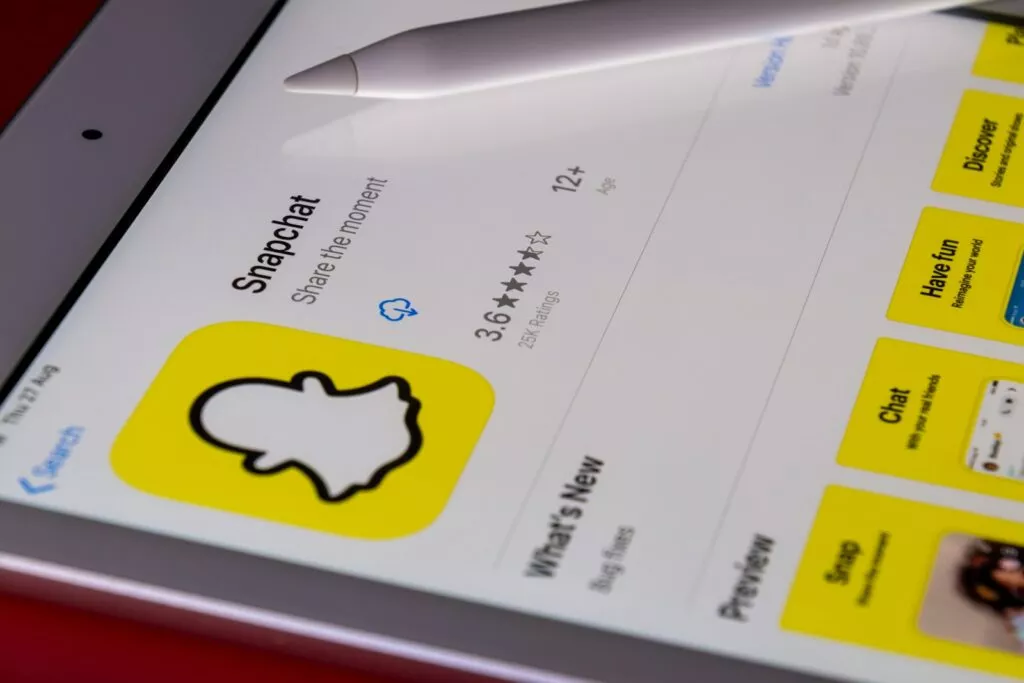Today is a historic day for both space exploration and study as well as photography.
We told you last week that scientists around the world had planned on holding a press conference today to introduce their findings.
And now here we are.
Humanity has captured its first-ever image of the black hole at the center of the galaxy called M87.
The black hole is 40 billion kilometers across or “three million times the size of the Earth” according to the BBC. It is always very far away: 500 million trillion kilometers from the Earth.
Radboud University in the Netherlands Heino Falcke told the BBC, “What we see is larger than the size of our entire Solar System…It has a mass 6.5 billion times that of the Sun. And it is one of the heaviest black holes that we think exist. It is an absolute monster, the heavyweight champion of black holes in the Universe.”
As we discussed before, black holes are extremely dense objects that trap light with their intense gravity.
They’re believed to be very common and a massive one exists at the center of our own Milky Way galaxy.
As you can imagine, because they trap light and don’t let it escape, taking a picture of a black hole is a challenge.
This project involved telescopes from around the world combining their efforts to capture the black hole. In all, it took 8 telescopes to take the picture.
As more information is released by the Event Horizon Telescope team we will be sure to bring it to you – as well as any new images released.
You can check out the press conference on YouTube by clicking here.
As always, be sure to let us know your thoughts below in the comments.





4 Comments
Will the Event Horizon Telescope team submit it to Shark Tank?
It’s only a matter of time.
https://www.inverse.com/article/54833-m87-black-hole-photo-data-storage-feat
Excerpts:
The quantity of data collected by the eight telescopes across five continents that make up the Event Horizon Telescope experiment that captured this image of the black hole at the center of the galaxy Messier 87 had to be flown on airplanes to central data centers where it could be cleaned and analyzed. So in addition to being a massive achievement of human ingenuity and understanding, one that confirmed several theories about black holes, the M87 black hole image was also a Herculean feat of data storage and management.
“We had 5 petabytes of data recorded,” Dan Marrone, Ph.D., an associate professor of astronomy at the University of Arizona who specialized in data storage for the EHT experiment, told reporters on Wednesday.
“It amounts to more than half a ton of hard drives. Five petabytes is a lot of data: It’s equivalent to 5,000 years of MP3 files.”
Thank you for your comment Ed :)!